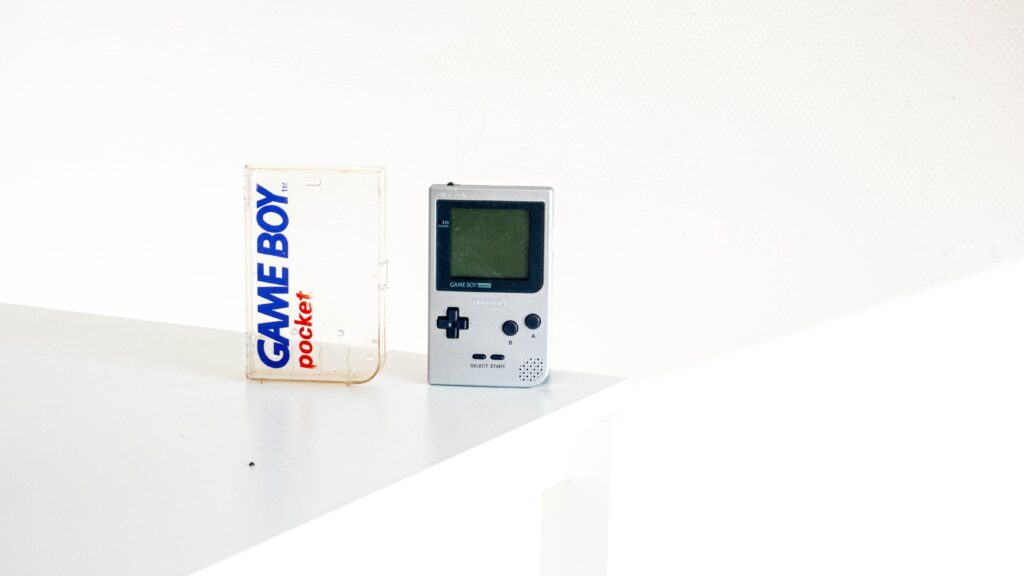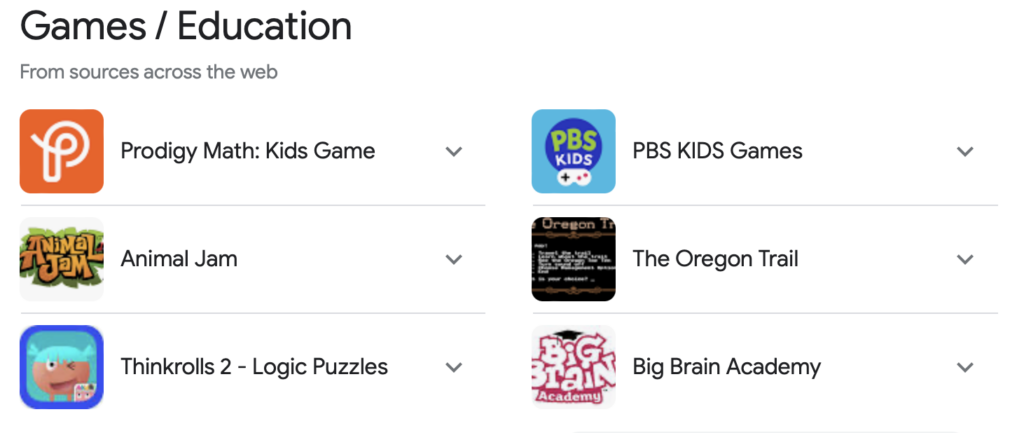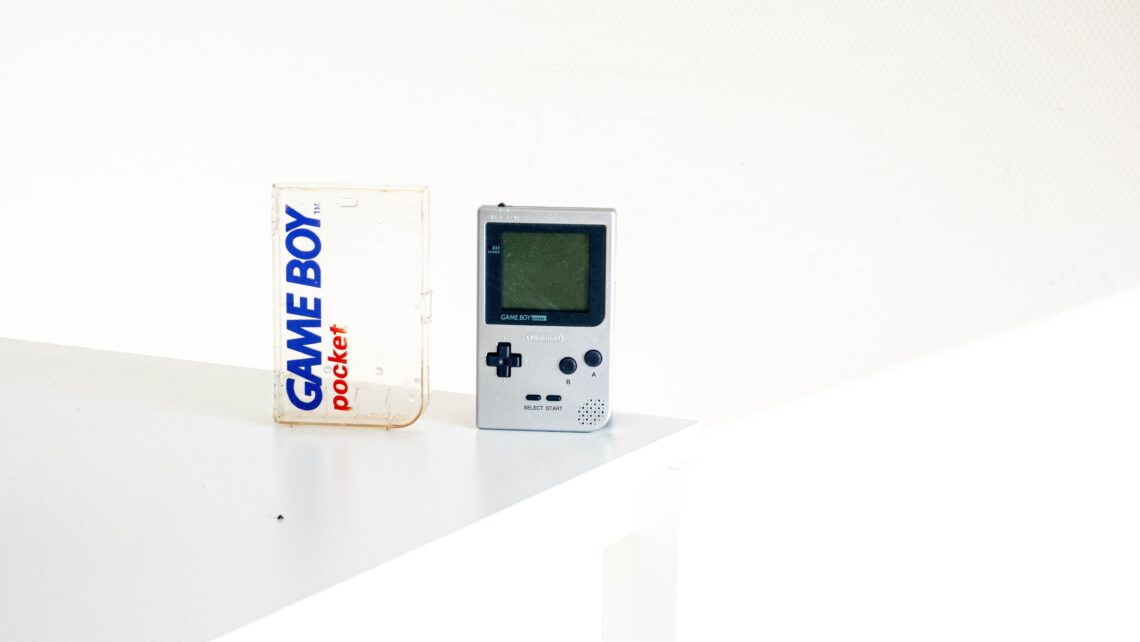Hello Everyone,
I had a lot of fun playing the games we played in class today. They were really fun, the only downside is that I had some technical dificulties!

Games have been increasingly used as an effective tool for learning due to their ability to engage learners and promote active participation. Effective learning games are designed with specific features that differentiate them from traditional teaching methods. These features include providing learners with feedback, allowing them to explore and experiment with different strategies, and presenting content in an interactive and visually appealing manner. Games also offer a safe space for learners to fail, which allows them to learn from their mistakes and develop their problem-solving skills.
Gameplay can be used to make traditionally less popular topics more engaging for learners. For instance, a history lesson about ancient civilizations could be transformed into an adventure game where learners have to explore different cities and interact with characters from the past. Similarly, a physics lesson on mechanics could be gamified by having learners design and build their own machines to solve a series of challenges. By using gameplay, educators can create an immersive learning experience that is tailored to the interests and abilities of their learners.
While games can be a useful learning tool, there are pros and cons to learners using games as consumers compared to learners creating games. Consumers of educational games have access to a wide range of games that are designed to be both entertaining and informative. However, learners may not always be engaged with the content presented in these games, and they may struggle to apply what they have learned in a real-world context. On the other hand, learners who create their own games are actively engaged in the learning process, and they are more likely to understand and apply the concepts they are learning. However, creating games can be time-consuming and requires a certain level of technical skills.
Another important aspect to consider when using games as a learning tool is the need for access to technology. Many educational games require devices such as computers, tablets, or smartphones, as well as an internet connection. Therefore, it is important to ensure that all learners have access to the necessary technology before incorporating games into the curriculum. This may involve providing access to devices or identifying alternative activities for learners who do not have access to technology.
Subject-focused escape rooms are an excellent example of how learners can create their own games to enhance their learning. By designing and building their own escape rooms, learners are actively engaged in the learning process and are able to demonstrate their understanding of the subject matter. Additionally, escape rooms can be used to promote collaboration and teamwork among learners, which can enhance their social and problem-solving skills. However, creating an escape room requires significant time, effort, and resources, which may not be feasible for all learners.
In conclusion, games can be an effective learning tool when designed with specific features that engage learners and promote active participation. Gamification can also be used to make traditionally less popular topics more engaging for learners. There are pros and cons to learners using games as consumers compared to learners creating games, and educators should consider both approaches when designing learning activities. Finally, subject-focused escape rooms are an excellent example of how learners can create their own games to enhance their learning, but it requires a significant investment of time and resources.
Here are some other game ideas for education! I have included a link to a website with games and a link to cool math games because it is pretty awesome even though most are not that educational, some are.






